On-page SEO means optimizing elements on your website to improve search rankings and user experience. In 2025 this includes traditional elements (titles, URLs, headings) and new priorities like semantic search, NLP, and user intent. Google’s emphasis on high-quality, relevant content (through updates like BERT) and page experience makes factors like content depth, keyword usage, site speed and mobile-friendliness crucial. In practice, you should cover:
- Meta tags (Title and Description): Use a concise, keyword-rich title and compelling meta description to improve relevance and click-through rate.
- Content quality & depth: Write thorough, well-structured content with a clear focus on user intent. Higher word counts covering a topic in depth often rank better. Demonstrate Experience/Expertise/Authoritativeness/Trustworthiness (E-E-A-T) by citing facts, using author bios, and linking to reputable sources.
- Keyword usage & semantics: Do deep keyword research to find related, LSI (Latent Semantic Indexing), NLP and question keywords. Use the target keyword, synonyms, and conceptually related terms naturally in content and headings. For example, if targeting “how to start a blog,” also include synonyms like “launch a blog,” “create a blog,” etc.. Google’s BERT/NLP algorithms reward content that “naturally satisfies user intent” and is contextually relevant.
- URLs and internal linking: Create short, descriptive URLs that include the keyword. Use internal links to related pages with keyword-rich anchor text; this helps Google crawl your site and “pass on” link equity to other pages.
- Site structure & headings: Use one H1 (your main title) containing the target keyword, and include the keyword in subheadings (H2/H3) where relevant. Proper headings organize content for readers and signal structure to search engines.
- Mobile-friendliness & UX: Since Google uses mobile-first indexing, ensure your design is responsive and easy to read on all devices. A great mobile UX (navigation, legible fonts, no intrusive pop-ups) not only pleases users but is explicitly favored by Google.
- Page speed & Core Web Vitals: Fast-loading pages are a known ranking factor. Optimize images, enable caching/compression, and minimize scripts. Use tools like Google PageSpeed Insights or Lighthouse to track metrics like LCP, FID and CLS, because page speed directly affects rankings and user experience.
- Schema markup & rich snippets: Add structured data (JSON-LD schema) to your HTML to help Google understand page content. Schema can enable rich results (FAQs, reviews, breadcrumbs, etc.), improving visibility. For example, an FAQ schema can make a question-answer snippet appear in search results.
- Images & multimedia: Name image files descriptively and fill the alt text with meaningful descriptions (and keywords if relevant). Google can’t “see” images, so alt text provides important context for search engines (and improves accessibility).
Keyword Research & Semantic Keywords
Keyword research remains the foundation of on-page SEO. In 2025, it’s not enough to pick one keyword and repeat it. You need to understand user intent and context. Start by identifying your target audience and their questions (pain points, common queries). Use tools and tactics:
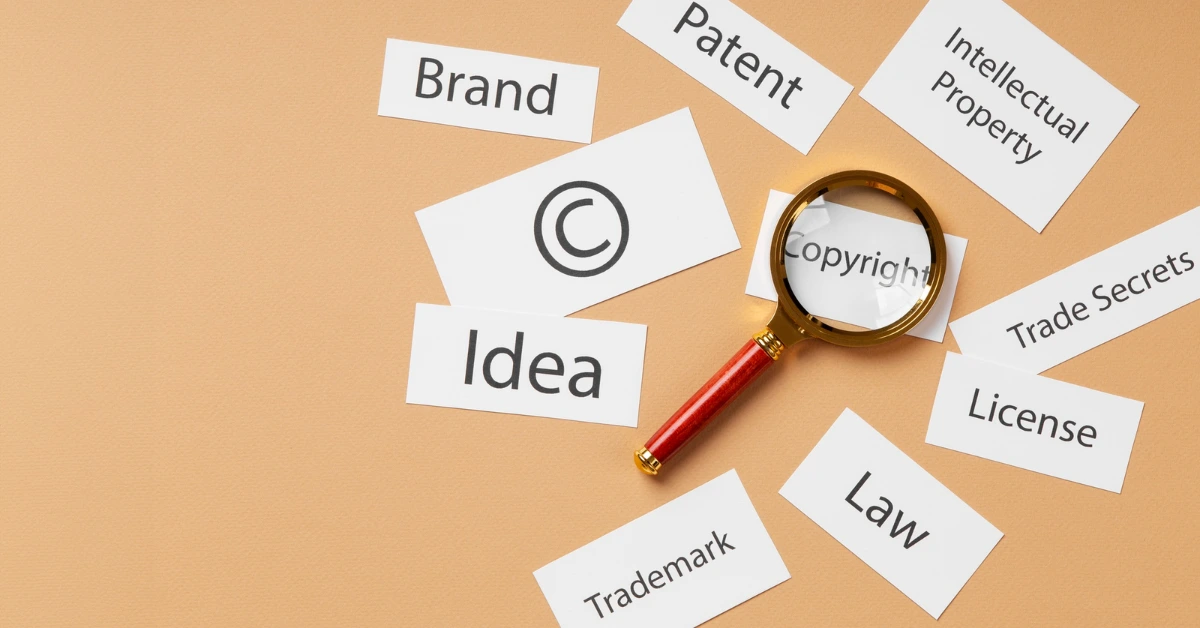
- Search suggestions & tools: Google’s autocomplete (Google Suggest) shows real queries people type. Begin typing your main keyword into Google and note the suggested long-tail queries. These suggestions (“Google Suggest” keywords) are proven searches by users, so they are prime targets. Tools like Semrush’s Keyword Magic or AnswerThePublic automatically gather related and question-form keywords (e.g. “how to make cold brew coffee?”).
- LSI and synonyms: Identify semantically related terms and synonyms for your primary keyword. For instance, if your page is about “how to start a blog,” include variations like “launch a blog,” “create a blog,” “set up a blog”. Also mention LSI (Latent Semantic Indexing) terms that naturally go with your topic (e.g. writing, website, content creation for “start a blog”). This signals Google that your page covers the topic fully, reducing ambiguity between terms with multiple meanings.
- Natural language & questions: Write in a clear, conversational style that directly answers readers’ questions. Google’s NLP/BERT algorithm prioritizes context and intent over exact keyword match. Incorporate common question phrases (who, what, why, how, when) relevant to your topic. For example: “How do you optimize title tags for SEO?” Then answer it in the content. This not only aligns with question-based search queries but also can earn featured-snippet (answer box) placement.
By doing thorough keyword research and using semantic/NLP-friendly language, you ensure your on-page content aligns with what users are actually searching for.
Title Tags, Meta Descriptions & URL Structure
Optimizing your page’s title tag, meta description, and URL is a must.
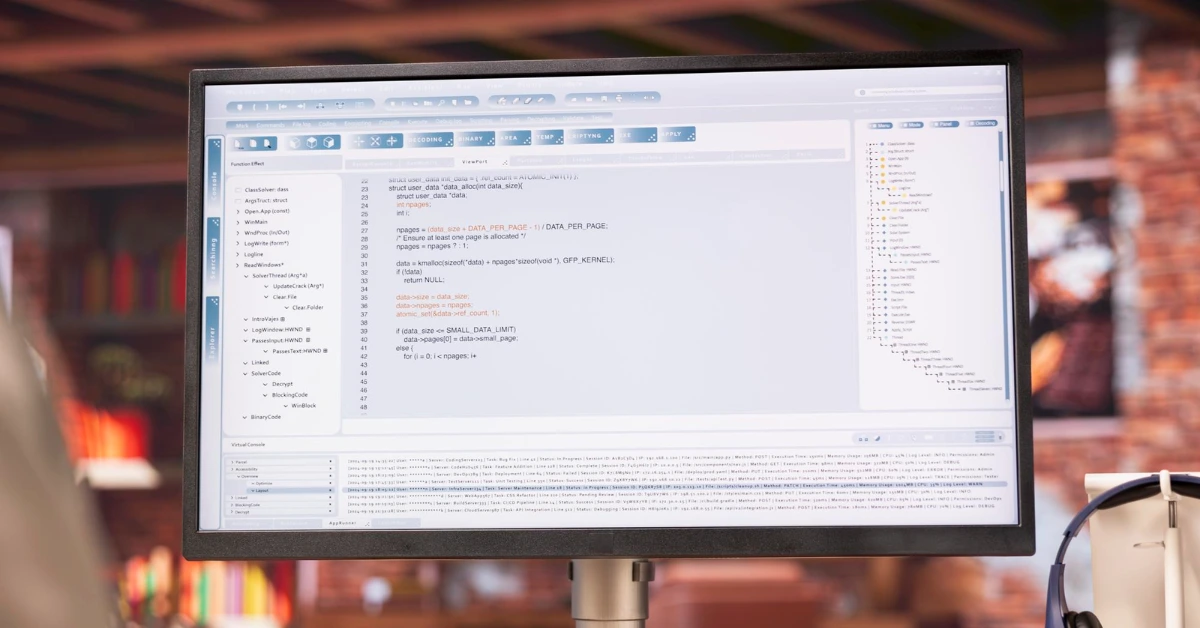
- Title Tag: This is one of the top on-page signals. It should clearly describe your page’s content and include the primary keyword (preferably at the beginning). Aim for ~50–60 characters so it fully displays in search results. Example: “Top On-Page SEO Ranking Factors in 2025 | YourSite”. A well-optimized title helps Google and users understand relevance.
- Meta Description: While Google doesn’t use meta descriptions as a direct ranking factor, a good meta description can significantly improve click-through rate. Write a concise (150–160 chars) summary that matches search intent and includes your keyword (Google will bold it). For example: “Learn the most important on-page SEO factors for 2025, including titles, content quality, page speed, mobile UX, and more.” Strong, relevant descriptions entice users to click.
- URL: Keep URLs short and descriptive. Include the main keyword if possible, and use hyphens to separate words. A keyword-rich URL helps Google understand the page topic and can even increase CTR. For instance, use example.com/top-on-page-seo-factors-2025 instead of a long string of random characters.
| Factor | SEO Impact | Best Practice |
| Title Tag | Signals page relevance strongly influences CTR. | Include the target keyword (preferably at front); keep it under ~60 characters. |
| Meta Description | Affects click-through rate (does not directly rank). | Write a compelling 150–160 char summary; include keywords (they’ll appear bolded). |
| URL Structure | Indicates page topic; keyword-rich short URLs rank better. | Use concise, descriptive URLs containing your keyword; avoid dates/ID numbers. |
High-Quality Content & LSI Keywords
Google’s goal is to show “pages that cover a topic comprehensively”. In practice, this means content quality and depth are paramount.
- Content Length and Depth: Long-form content often ranks higher because it can cover all aspects of a topic. Industry studies show first-page results average ~1400 words. But word count alone isn’t enough – the content must thoroughly answer the user’s query. Aim to cover the topic from multiple angles and provide value (stats, examples, expert quotes).
- E-E-A-T (Expertise, Experience, Authoritativeness, Trust): For YMYL (Your Money Your Life) or advice-driven content, Google pays special attention to credibility. Include author bylines, credentials, dates of updates, and references to reputable sources. For example, if writing health advice, cite medical organizations. Surfer SEO notes “High E-E-A-T content is considered a reliable source” and that sites with strong authority tend to rank better.
- LSI/Related Terms: Sprinkle in synonyms and related terms naturally. Instead of repeating your main keyword excessively (which could look like “stuffing”), use alternatives and context words. For example, a page about “running shoes” might include terms like “jogging sneakers,” “athletic footwear,” “marathon training shoes,” etc. This helps Google understand the full scope of your topic and matches how people actually speak about it.
By focusing on high-quality, authoritative content enriched with semantic keywords, you satisfy both users and Google’s smarter NLP algorithms.
Heading Tags & Content Structure
Organize your content with clear headings (H1, H2, H3, etc.) and bullet lists for readability. Headings also carry SEO weight: Google treats the H1 almost like a secondary title. Ensure:
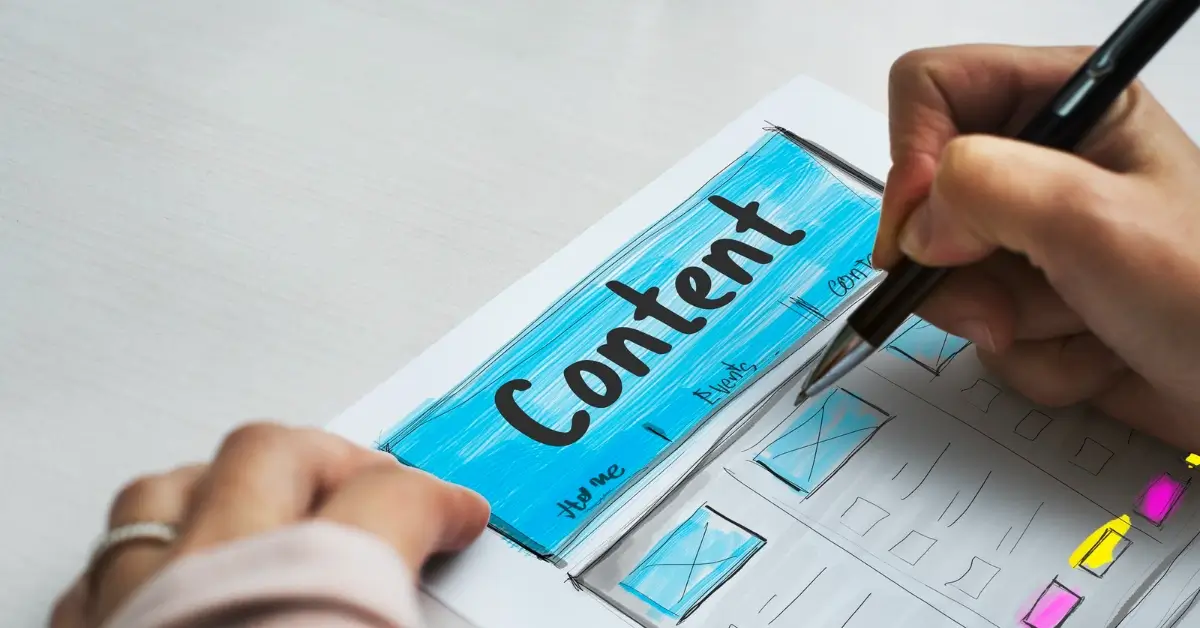
- H1: Use a single H1 tag for the page title and include your main keyword.
- Subheadings (H2/H3): Break content into sections with subheaders that include relevant keywords or synonyms. For example, an H2 might be “Key On-Page SEO Factors” or “Optimizing Your Page Title”. This tells Google (and readers) what each section covers. As Backlinko notes, including the target term in an H2/H3 helps “Google (and users) understand what our content is about”.
- Content formatting: Use short paragraphs (3–5 sentences) and bullet lists to improve scannability. For example, use bullet points to list the steps in an SEO process or the elements of on-page SEO (like in this article).
Example:
How to Use Heading Tags for SEO:
- Use one H1 that includes your main keyword.
- Break the body into H2/H3 sections (like “Content Quality,” “Site Speed,” etc.) each covering a subtopic.
- Include keyword variations or related terms in subheadings to reinforce context.
Proper structure makes your page user-friendly and signals relevance to search crawlers.
Mobile-Friendliness & User Experience
Google’s mobile-first indexing means your site must work well on phones and tablets. In fact, Google explicitly “prioritized sites optimized for mobile traffic” after switching to mobile-first in 2018. To comply:

- Responsive Design: Use responsive layouts so content and menus resize for smaller screens. Ensure text is legible, buttons are tappable, and there’s no horizontal scrolling.
- Mobile Speed: Optimize for fast loading on mobile networks (use compressed images, AMP/optimized HTML if needed).
- Avoid Intrusive Ads: Pop-ups or interstitials that cover content on mobile can hurt user experience and SEO.
- Navigation: Make menus thumb-friendly; use breadcrumbs or sticky menus for easy in-page navigation. Google’s Lighthouse tool can audit your site’s responsiveness and highlight issues.
In short, if your page is hard to use on a phone, expect lower rankings. Google’s guidance is clear: “Responsiveness is necessary for any website that values its search ranking”.
Page Speed & Core Web Vitals
Page load speed has been a confirmed ranking factor, especially as part of Core Web Vitals. Google advises using real user metrics to evaluate speed. Key tips:

- Optimize Resources: Compress and serve scaled images (WebP/AVIF if possible), minify CSS/JS, and enable gzip compression on your server.
- Lazy Load Images: Defer offscreen images so the page loads primary content first.
- Use Browser Caching and CDN: Serve content from a CDN and set long cache lifetimes for static assets.
- Monitor Web Vitals: Aim for LCP < 2.5s, FID < 100ms, and CLS < 0.1. Tools like Google PageSpeed Insights or Lighthouse (part of Chrome DevTools) will highlight issues and suggestions.
Google’s John Mueller and others have confirmed site speed affects rankings, and slow pages drive up bounce rates. In fact, Surfer SEO notes “page speed directly affects search rankings and user experience”. Ensure your technical performance is optimized for both desktop and mobile.
Structured Data & Rich Snippets
Using schema markup (JSON-LD) helps Google better classify your content. For on-page SEO, consider adding schemas such as Article, FAQ, HowTo, Product, etc., where appropriate. Structured data can produce rich snippets (star ratings, recipe details, FAQ dropdowns) that boost visibility. As Surfer SEO explains, “Schema…is used to provide featured snippets, ratings, carousels and other types of rich results in search results”. Proper markup does not by itself raise rankings, but it enhances CTR and can indirectly help your SEO through improved SERP presence.
Images, Videos & Multimedia
Visual content can enrich a page, but it must be optimized:
- Alt Text: Write meaningful alt descriptions that include relevant keywords when appropriate. Alt text “provides context to your page for both search engine bots and humans”. For example, if selling bluebird houses, use “wooden bluebird house with predator guard” rather than a generic “birdhouse”.
- Captions & Transcripts: If you have images, videos, or infographics, add captions or transcripts. This provides more text for crawlers to index.
- File Names: Before uploading, name files descriptively (e.g. green-park-responsive-design.jpg instead of IMG1234.jpg).
- Responsive Images: Use srcset and sizes attributes so browsers load the appropriate image size for the device.
Properly optimized media improves accessibility and gives search engines clues about your content. It can also make your page eligible for Google Image and video search results.
Internal Linking & Site Structure
Internal links help both users and Google navigate your site. Key practices:

- Link contextually: Within your content, link to related pages using descriptive anchor text (e.g., “on-page SEO checklist”). This tells Google what the linked page is about.
- Create clusters: Connect pages on the same topic to form topical clusters. This boosts topical authority and helps crawling.
- Link new content: Whenever you publish a new page, link from 2–5 existing pages (and vice versa). Surfer SEO notes that internal linking “pass[es] on link juice to underperforming pages, helping them rank higher”.
- Fix broken links: Broken internal links hurt UX and SEO. Use tools or GSC to find/redirect them.
Example: “In this section, we linked to our previous guide on keyword research (anchor text is keyword-rich). That signals to Google and readers what that page is.” Consistent internal linking makes your site easier to crawl and helps evenly distribute authority across pages.
Frequently Asked Questions (FAQs)
- What are LSI (semantic) keywords? LSI keywords are words and phrases related to your main keyword. They help Google understand context. For example, an LSI for “digital camera” could be “DSLR,” “photography,” “ISO settings,” etc. Using them helps your content cover the topic fully.
- How do I optimize my title tag and meta description? Include the main keyword in your title tag (near the beginning if possible) and keep it concise (≈50–60 chars). For the meta description, write a compelling sentence of 150–160 characters that matches the query intent; include the keyword so Google highlights it.
- Why is mobile-friendliness important for SEO? Google uses mobile-first indexing, meaning it primarily looks at your mobile site. If your site isn’t responsive or has poor mobile UX, it will rank lower. Google even “prioritized sites optimized for mobile traffic”, so make sure your layout and content work well on phones.
- How can I improve page speed for better SEO? Focus on Core Web Vitals: compress images, minify code, leverage browser caching, and use a fast hosting/CDN. Google’s PageSpeed Insights or Lighthouse will show you LCP, FID, and CLS metrics. Improving these (e.g. LCP < 2.5s) is essential, since page speed directly affects search rankings.
By answering these common questions in your content (or an FAQ schema), you target “question keywords” that real users type into search.
Conclusion
Mastering on-page SEO in 2025 means covering all the bases: from classic elements like title tags and headings to modern needs like semantic keyword usage, page experience, and structured data. A checklist of the top factors includes:
- Title & Meta Tags: Concise, keyword-optimized titles and descriptions.
- Content Quality: In-depth, well-organized content with natural language and E-E-A-T.
- Keywords & Semantics: Thorough keyword research (including related/LSI and question terms) and use of synonyms.
- UX & Technical SEO: Fast loading, mobile-friendly pages with responsive design.
- Page Structure: Logical headings, URL structure, and internal links that enhance crawlability.
- Rich Results: Proper schema markup for enhanced SERP features.
Ignoring any of these on-page factors means leaving rankings (and traffic) on the table. As a best practice, audit each page against these criteria regularly. By doing so and by continually researching your audience’s queries – you’ll ensure your content is optimized for 2025’s search landscape.


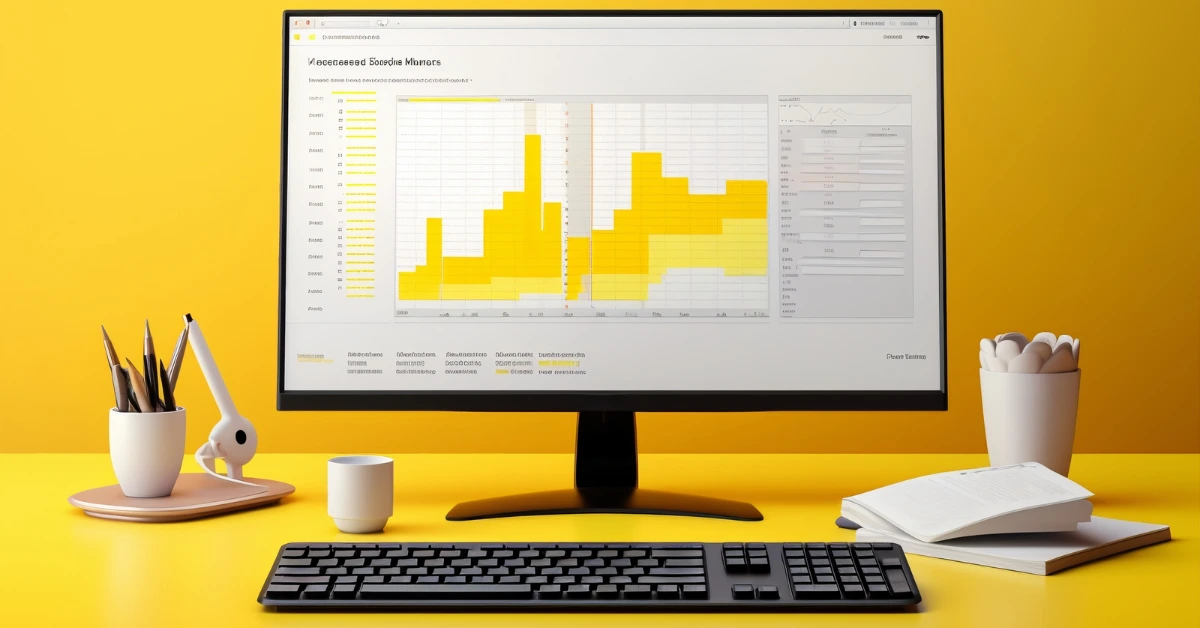





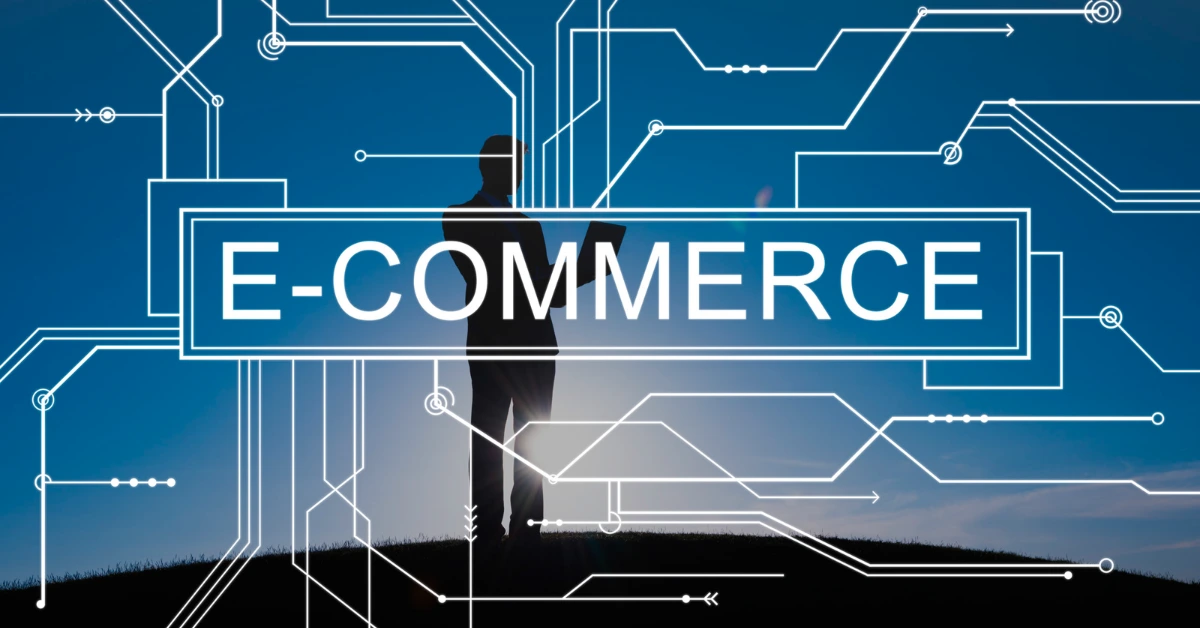
Share